15 Ways You're Destroying Your Lawn
The real reasons why the grass is always greener on the other side.

When you picture the perfect home, what comes to mind? For some people, it's all about rocking chairs on a front porch and massive square footage, while for others it's a beautifully-manicured lawn can make or break the appeal of a property. If you fall in the latter camp, you're not alone. Americans spend upwards of $20 billion a year maintaining their personal patches of grass.
The only problem? Countless amateur landscapers find themselves making major mistakes when it comes to the care of their lawns. To keep costly errors at bay, we've compiled the most common ways people destroy their lawns—and how to avoid them.
1
Watering too frequently
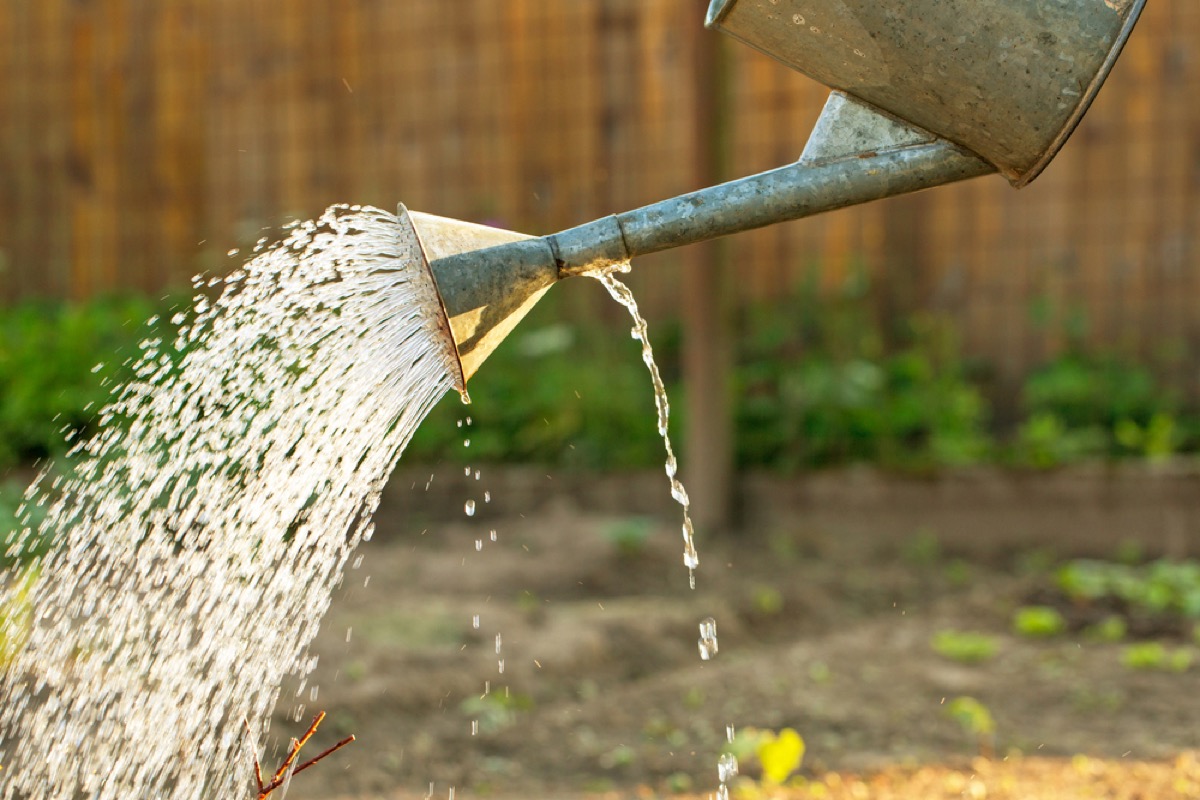
When it comes to watering your lawn, less is more. "If you water your lawn every day, but rather lightly, you are doing it more harm than good," says Judy Walker, founder of Globe Red Gardener. "Watering like this can encourage your lawn to have a shallow, weak root system which is more susceptible to insects and diseases. Instead, water your grass once or twice a week, heavily."
2
Leaving clutter on your lawn
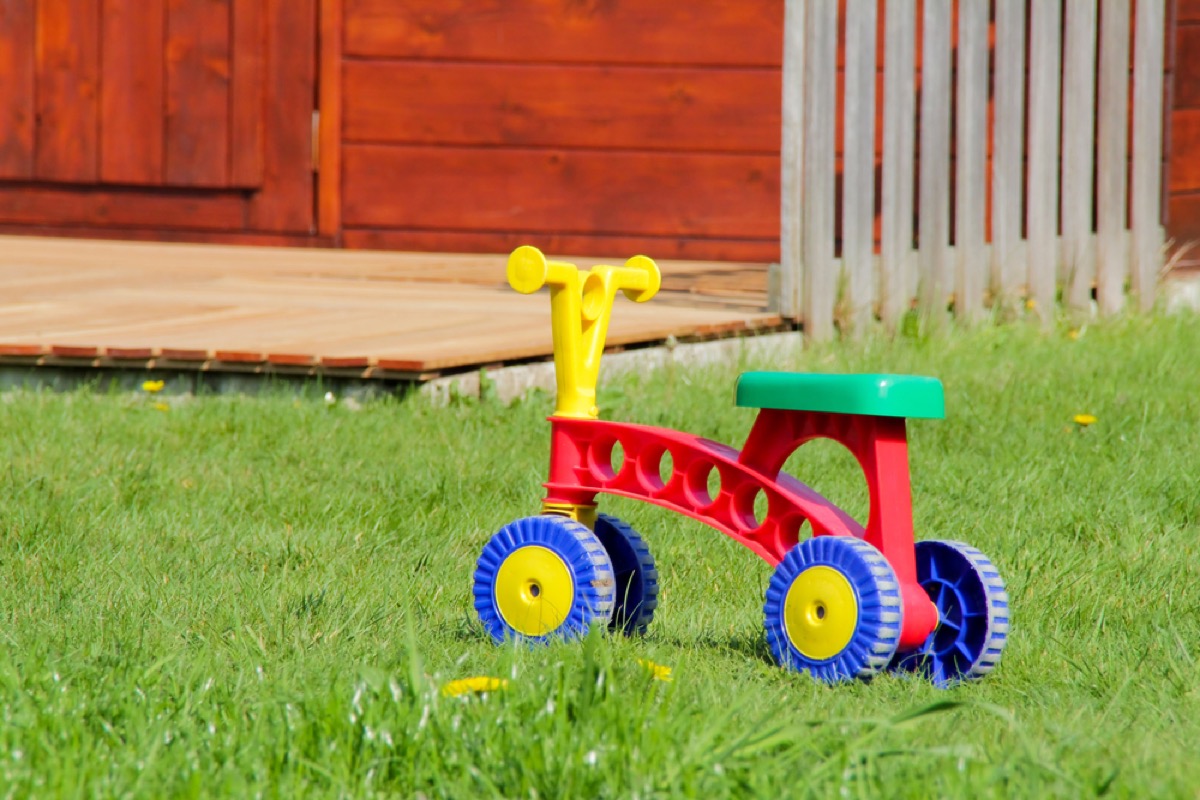
It may be time-consuming to pick up after your friends and family every time you host an outdoor gathering, but if you don't, your lawn may well pay the price for your negligence.
"Leaving clutter on the lawn, from kiddie pools to chairs and tables, compacts the soil beneath the lawn and damages the grass," says Walker. "This prevents roots from being able to growly freely and easily, as well as causing stress the grass itself. Imagine how you would feel having to hold a full kiddie pool 24/7. Instead, try to make an effort of clearing items from the grass, to allow it to grow freely."
3
Not testing your soil
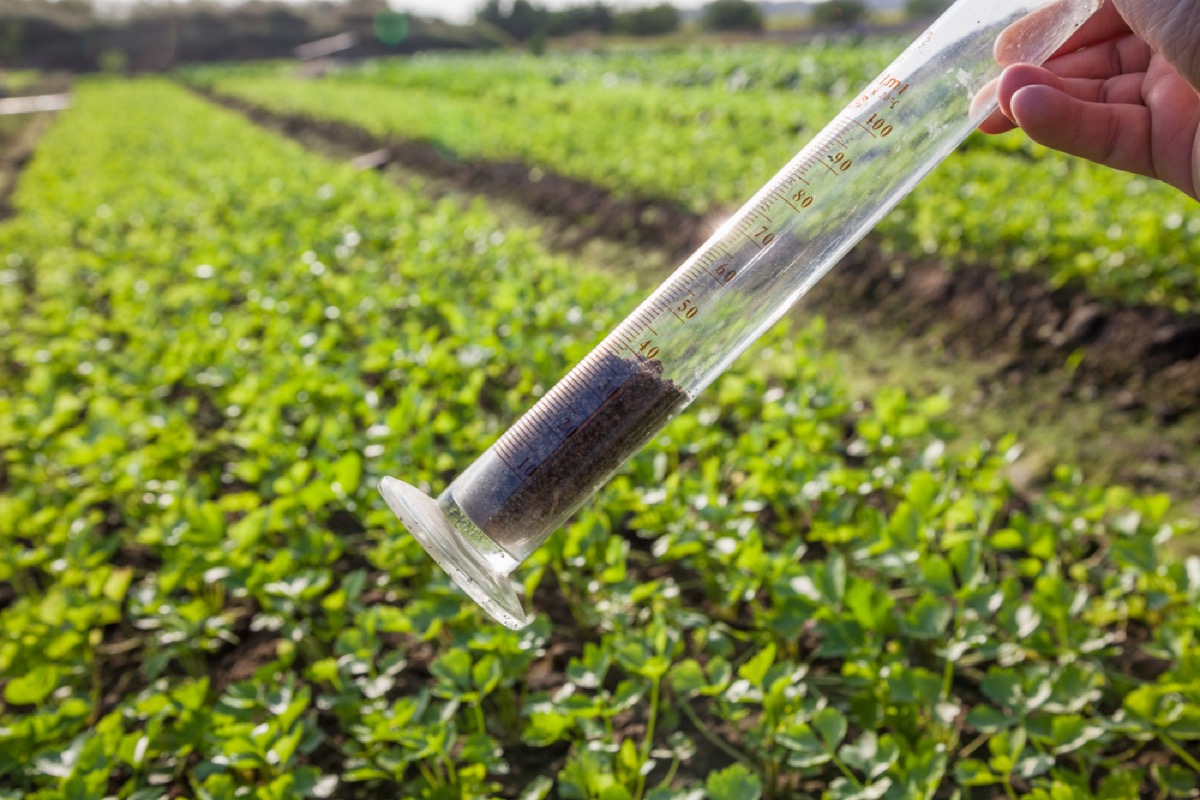
Before you buy a bag of grass seed or fertilizer, it's important to have your soil tested to know exactly what nutrients it will need to grow a lush lawn. "Overfeeding or fertilizing without the guidance of a soil pH and nutrients test" can seriously damage your outdoor space, says American Horticultural Society President/CEO and master gardener Beth Tuttle.
4
Cutting your grass too short
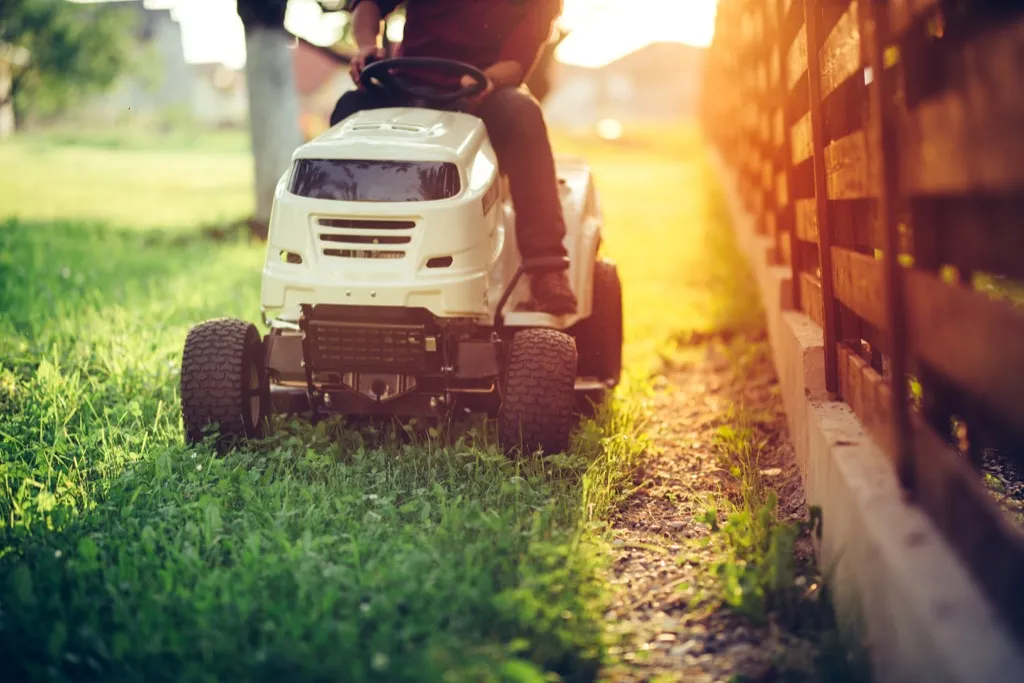
While letting your grass get too tall may provoke the ire of your neighbors, cutting it too short may shorten its lifespan.
"Mowing the lawn too short… limits ability for photosynthesis, leaving brown or bare spots, weakening the lawn through disease, and allowing weeds to thrive with less competition," says Tuttle.
5
Not having appropriate irrigation setup
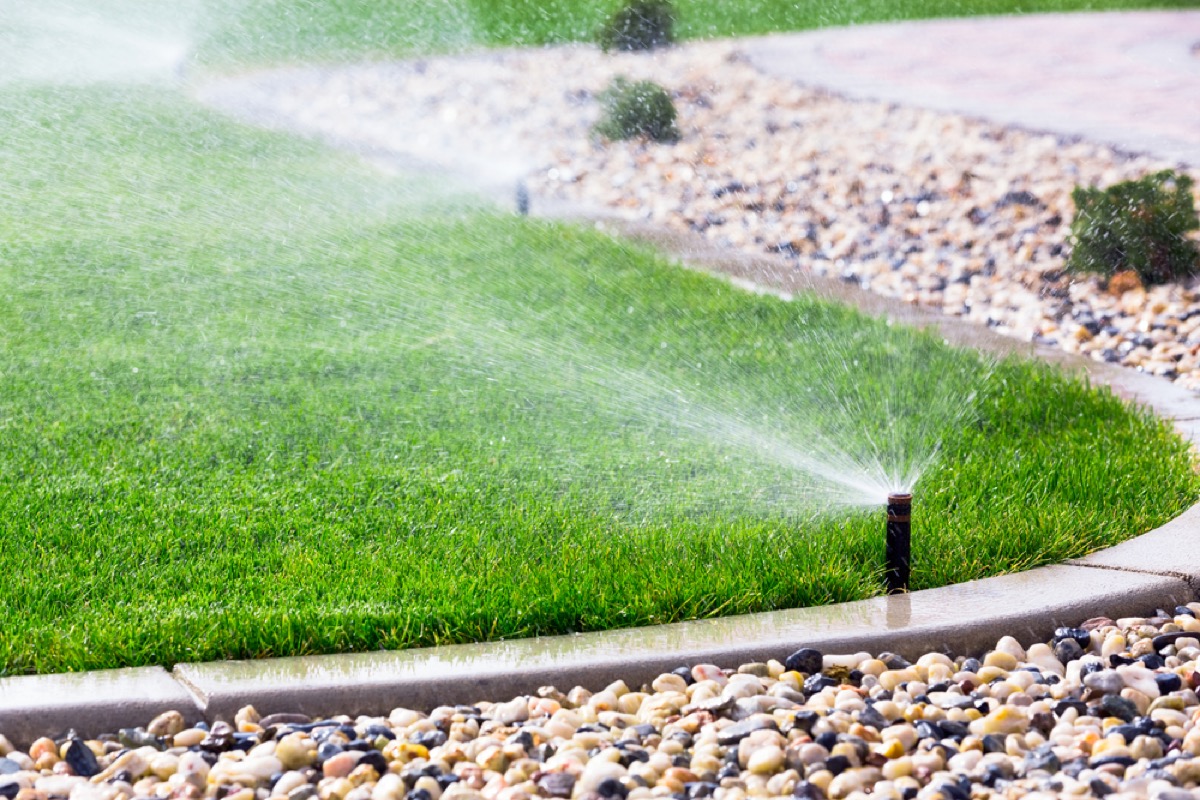
According to Tuttle, improper irrigation is one of the most common contributors to lawns looking worse for wear. Instead of trying to create an irrigation system yourself, hire a professional to assess your lawn's specific needs, ensuring that your lawn gets enough water, but doesn't end up oversaturated.
6
Walking on soft soil
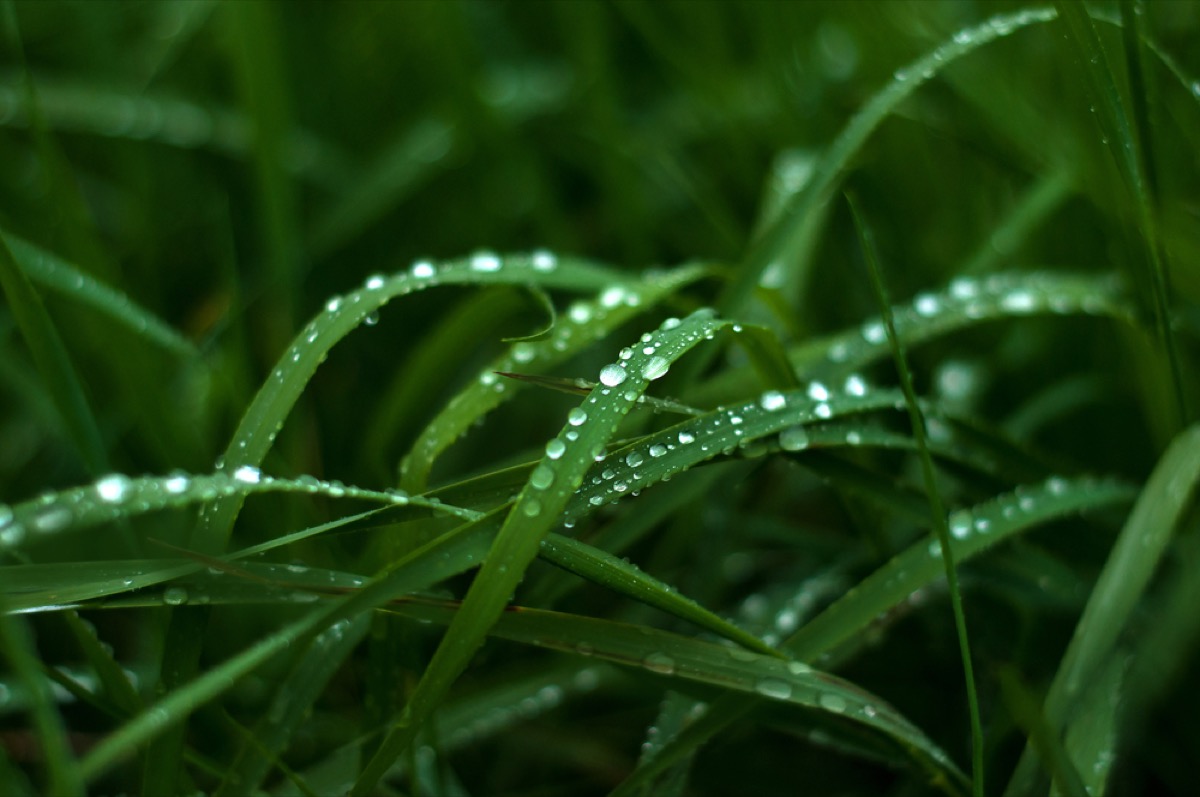
If you want to keep your lawn looking expertly-maintained, it pays to stay off the soil after it rains. "Walking across soggy lawns following spring rains [causes] compaction and ruts," says Tuttle.
7
Watering at the wrong time of day

"A lot of people set their sprinklers to turn on at the middle of the day or in the evening. They think that that's when the grass needs water the most. However, that's a mistake," says Pol Bishop, Gardening and Landscaping Expert with Fantastic Gardeners.
"You'd only lose water to evaporation and your lawn will be left damaged by the heat or even cause mildew and fungi to appear. Instead, you should water your grass early in the morning, which will allow it to absorb the water throughout the whole day."
8
Having too much shade on your property
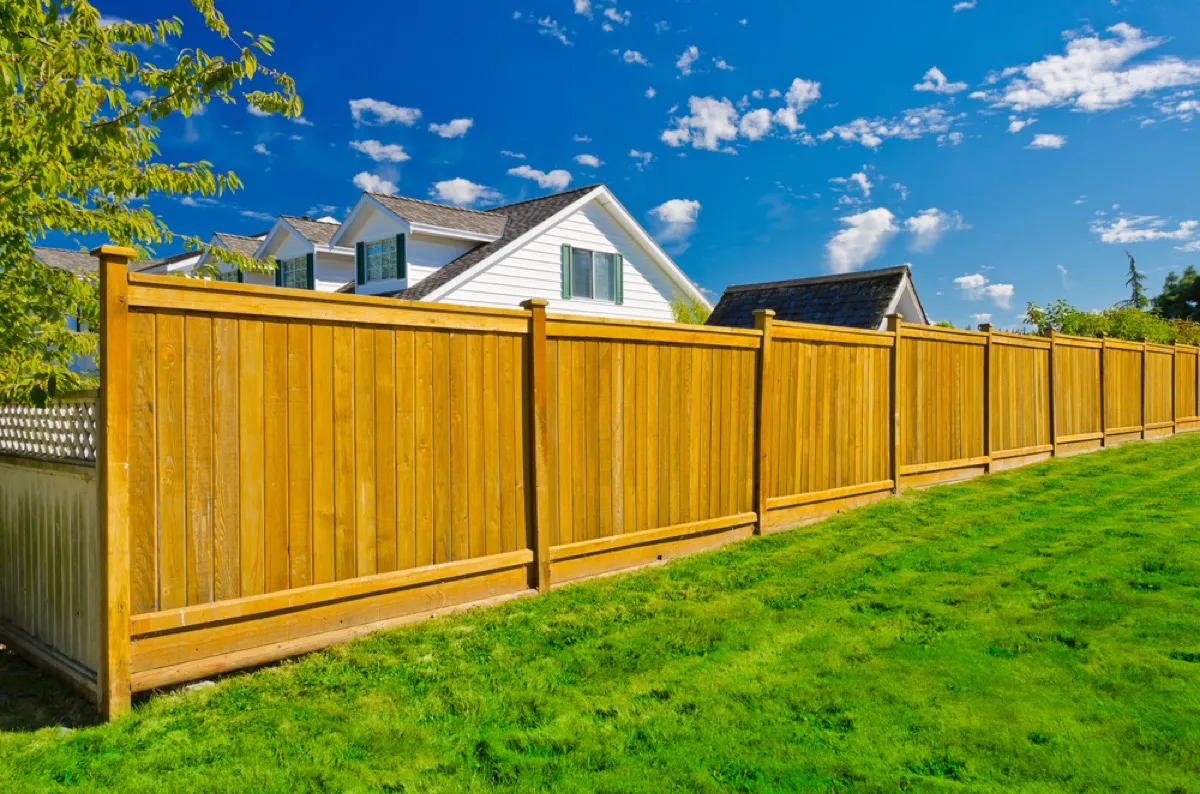
While you may enjoy the privacy your tall fence provides or the shade of those old-growth trees on your property, they could be harming your grass. Though grass typically doesn't require an abundance of direct sunlight to grow, many people find that, with constant shade, their grass fails to thrive. And while you might not want to take down those beautiful old trees or move your fence, it pays to be careful when planting new vegetation that might keep your grass from getting adequate light.
9
Cutting your grass with a dull mower
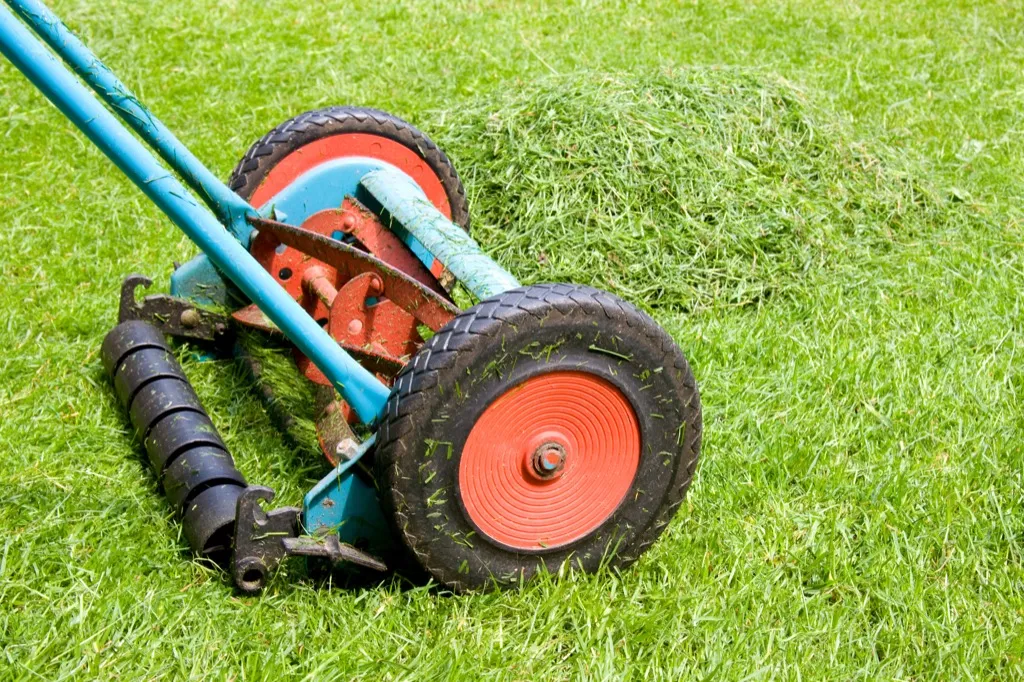
Want a well-manicured lawn? Start by sharpening those blades on your mower. If not, "It's like shaving with a dull razor," says Bishop.
"Instead of cutting the grass blades clean, dull blades will tear them. This harms them and can make it easier for diseases to spread and damage your lawn. Make sure that the blades of your mower are always sharp and clean."
10
Planting only one type of grass
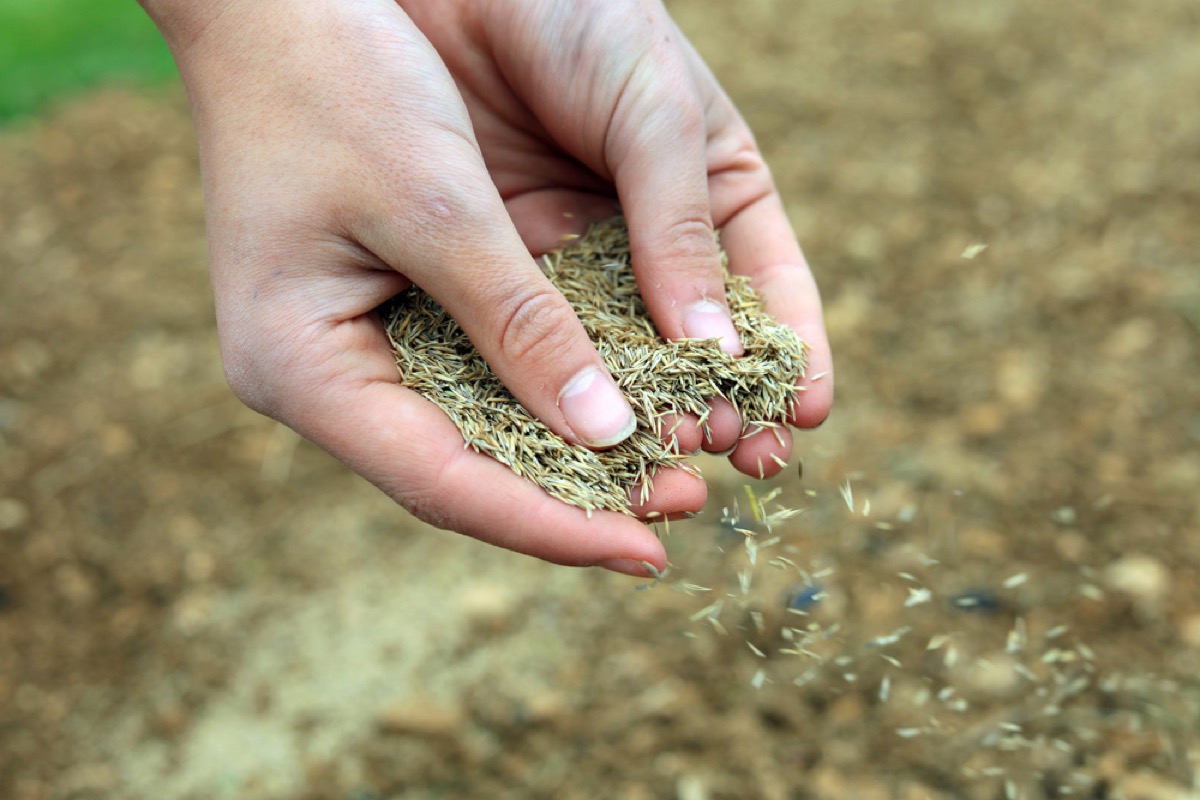
Hedging your bets when it comes to lawn care tends to pay dividends. While you may have a vision for a perfectly-uniform lawn with only a single type of grass, using multiple seed types can keep your lawn greener for longer. If you plant different types of grass seed, you're less likely to have disease or inclement weather wipe them all out.
11
Letting chemical runoff get onto your grass
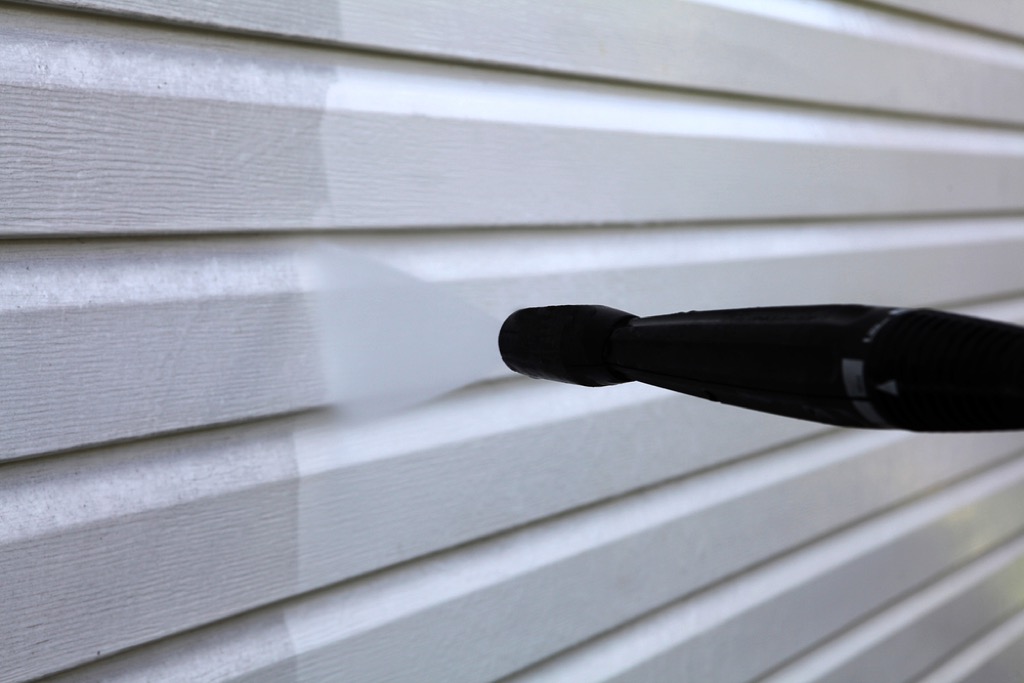
Those chemicals you use to clean your house aren't exactly lawn-friendly. "Using harsh chemicals for washing your house or drive" is a major contributor to the ill health of lawns, according to award-winning green designer Pablo Solomon. "Whenever you are using those spray washes to clean your siding, drive, [or] patio furniture of mold, grime, mildew, etc., protect your plants from the spray and/or runoff."
12
Disturbing the soil
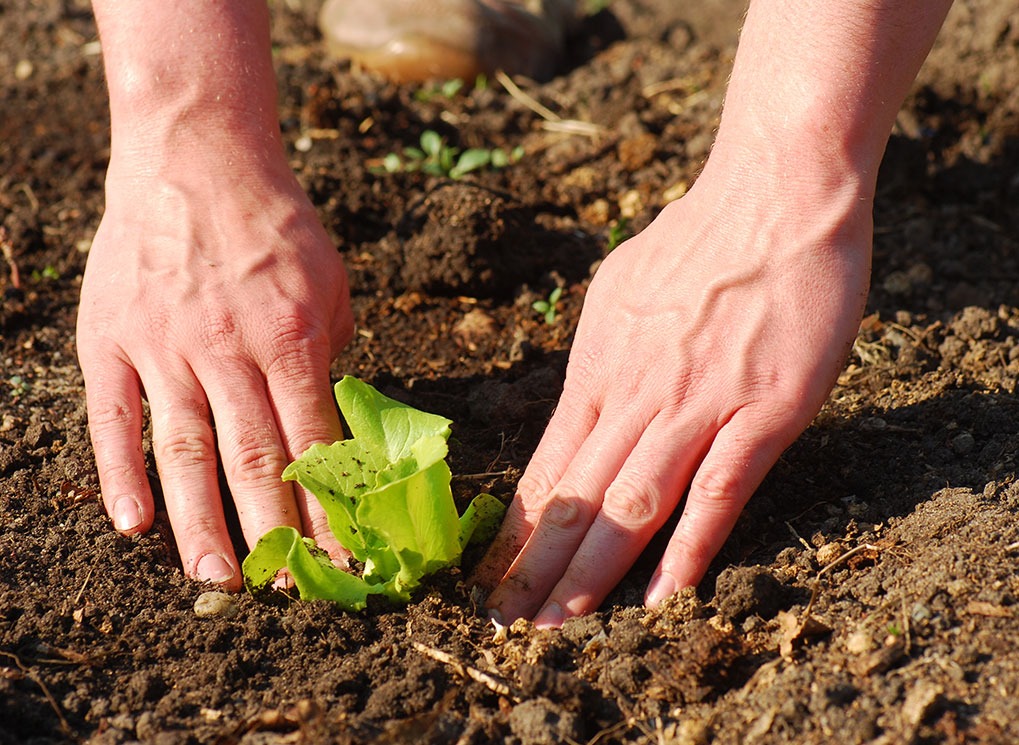
Having too much or two little soil under your grass—or displacing any of it once the grass has already taken root—can cause irreparable damage to your green space.
"Either removing or adding too much soil to your yard can damage and even kill trees. I have seen magnificent 300-year-old live oak trees killed by developers or homeowners either removing too much soil or piling on too much soil," says Solomon. "You really should get some expert advice when adding or removing over a few inches of soil."
13
Tossing your lawn clippings
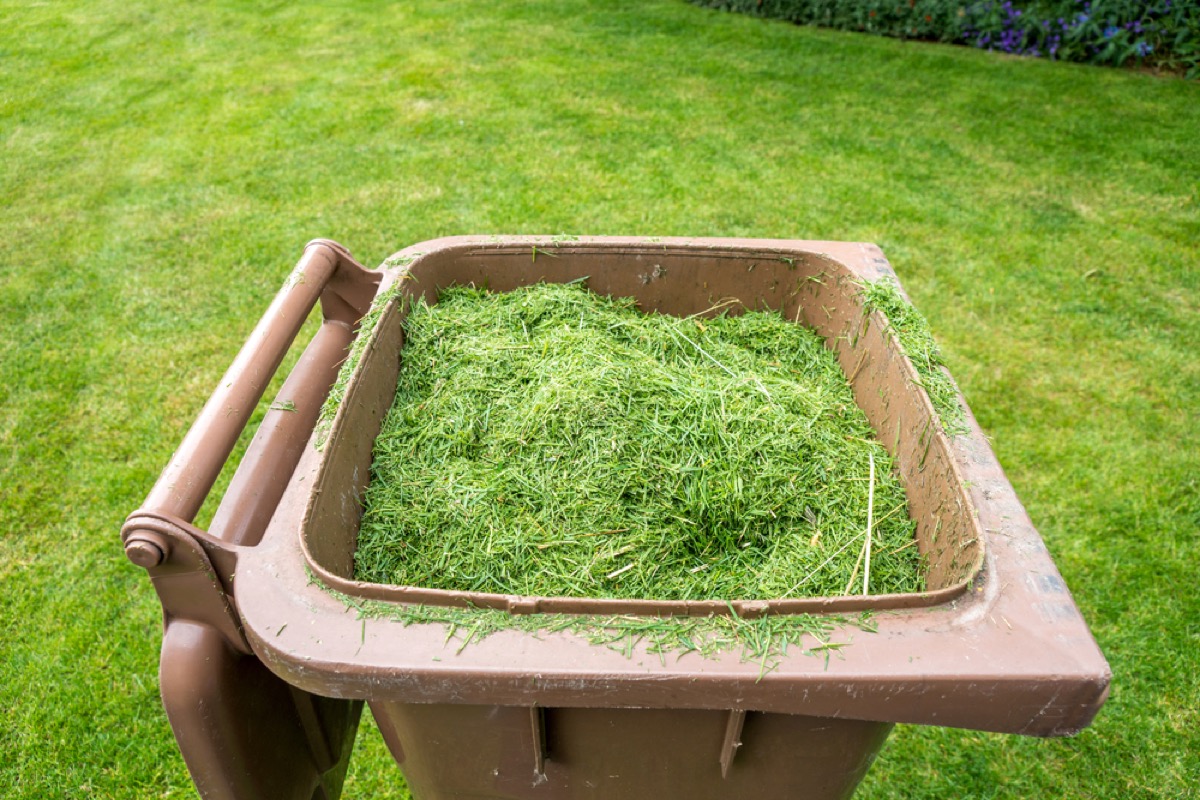
While you may think of those post-mow grass clippings as waste, throwing them out is a big mistake. Grass clippings are a great all-natural way to mulch your lawn, keeping weed growth at bay. Just make sure your clippings are sufficiently small or they could hinder the growth of the grass underneath.
14
Mowing while your grass is wet

Though the combined smells of rain and fresh-cut grass can be intoxicating, mowing while your lawn is still damp can cause serious issues. Not only is damp grass harder to cut and more likely to clog your mower, using a lawnmower on wet soil can compact it.
15
Expecting a uniform look

It's nice to imagine that your lawn will look perfect 365 days a year, but even with the most diligent care, it's unlikely to happen. "Set realistic expectations for your lawn; leave the 'golf course look' to the pros," says Dan Scott, the associate director of Horticulture and River Farm at the American Horticultural Society. And to create a stunning outdoor space you'll be eager to use year-round, discover these 20 Genius Ways to Spiff Up Your Backyard.
To discover more amazing secrets about living your best life, click here to follow us on Instagram!





















